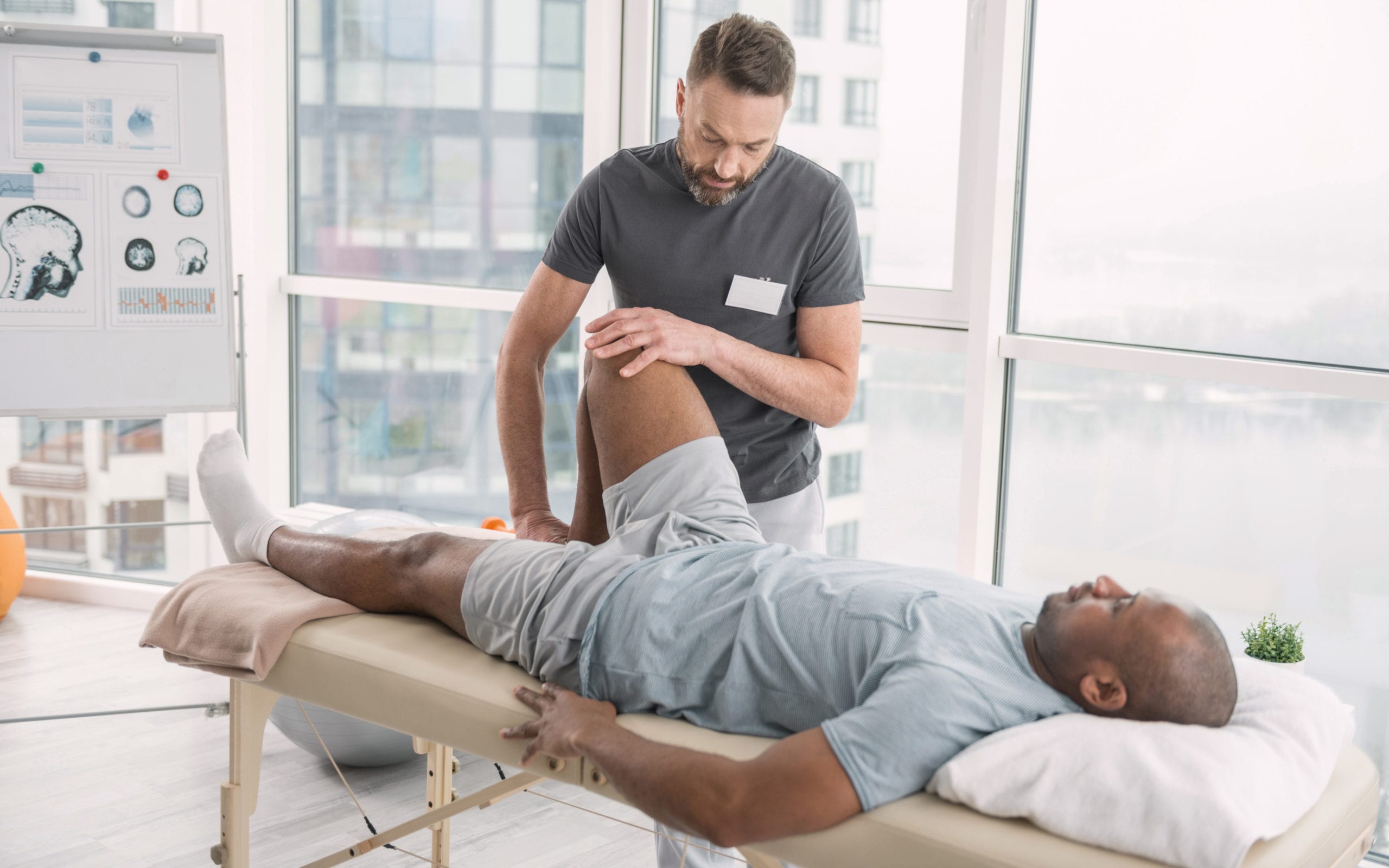Investigating the Effect of Hands-on Therapy Methods on Alleviating Musculoskeletal Discomfort and Enhancing Patient Outcomes
Investigating the Effect of Hands-on Therapy Methods on Alleviating Musculoskeletal Discomfort and Enhancing Patient Outcomes
Blog Article
Manual therapy techniques are hands-on methods used by medical professionals to treat muscle and joint pain. These methods include various types of manipulation and mobilization of the human muscle tissue and articulations. The goal of manual therapy is to alleviate pain, enhance mobility, and enhance overall performance. Many people suffer from musculoskeletal pain due to trauma, poor alignment, or conditions like arthritis. By applying manual therapy, therapists aim to address these issues and help patients recover their quality of living.
One common hands-on treatment method is vertebral manipulation. This technique involves using precise pressure to the vertebral column to enhance positioning and decrease discomfort. Research has shown that spinal manipulation can be beneficial in managing lower spinal discomfort and cervical discomfort. Another method is gentle connective tissue manipulation, which focuses on reducing tightness in the muscle tissue and connective tissues. This can help alleviate rigidity and enhance flexibility, making it easier for clients to move without discomfort. Both methods can be customized to satisfy the individual requirements of each client, ensuring a custom method to care.
In addition to discomfort alleviation, hands-on treatment can improve client results in multiple aspects. For example, it can boost circulation, which helps deliver oxygen and nutrients to the affected areas of the body. Better circulation can also promote healing and reduce inflammation. Furthermore, manual therapy can help clients gain enhanced physical consciousness, which is essential for preventing subsequent trauma. By comprehending how their physiques move, clients can make more informed decisions about their activities and posture, This Site leading to sustained advantages.
The effectiveness of manual therapy is often backed by client responses. Numerous individuals report significant improvements in their discomfort levels and overall performance after undergoing care. This favorable reaction can lead to greater motivation for patients to engage in rehabilitative exercise and recovery exercises. When patients feel better, they are more likely to participate in their rehabilitation process, which can further enhance their results. This cooperative method between the therapist and the patient is essential for attaining lasting results.
In conclusion, manual treatment methods play a vital role in alleviating muscle and joint discomfort and improving client results. By using methods such as spinal adjustment and soft connective tissue mobilization, healthcare providers can help patients recover movement and reduce discomfort. The advantages of manual therapy go beyond instant discomfort alleviation, as it also encourages recovery and motivates clients to take an proactive role in their recovery. As more people look for effective treatments for muscle and joint issues, hands-on treatment continues to be an essential choice in the realm of medicine.